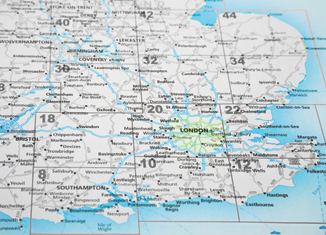For many years prior to the current tax year commencing on 6th April 2013, landlords with fully furnished residential lettings could choose between claiming the wear and tear allowance or claiming the cost of replacement furniture, furnishings, etc: known as the 'replacements basis'. Whichever of these two options they chose, they had to stick with it on all of their fully furnished residential lettings.
All that has changed due to the abolition of the replacements basis for expenditure incurred after 5th April 2013 - leaving many landlords wondering how they are going to obtain tax relief for this expenditure from now onwards.
No problem for some
Some groups of landlords are unaffected by this change. Those with furnished holiday lets are able to claim capital allowances on furniture and furnishings within their properties and this has not changed. Landlords with larger properties which are divided into self-contained flats are also able to claim capital allowances on any items within the property's communal areas. And some landlords were already claiming the wear and tear allowance anyway, so they can carry on as before. But what about those who have been claiming under the replacements basis in the past - what should they do now?
Fully furnished?
For landlords with fully furnished properties, the answer is simple. The old rule on not being able to change the basis of their claim ceases to apply, so they can simply claim the wear and tear allowance from 2013/14 onwards. (In fact, this ability to switch to the wear and tear allowance has existed since 2011/12.)
But what is a 'fully furnished' property? To be classed as a 'fully furnished letting', the landlord must provide sufficient furnishings so that the property is capable of normal residential use without the tenant having to provide their own furnishings. Typically, this will include beds, chairs, tables, sofas, carpets or other floor coverings, curtains or blinds, and kitchen equipment.




















